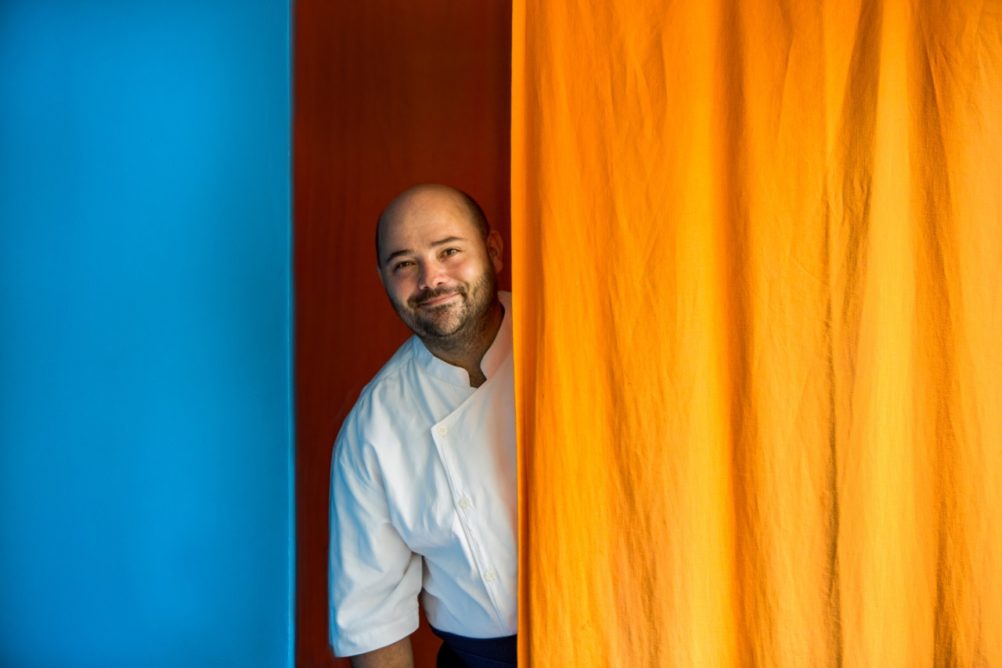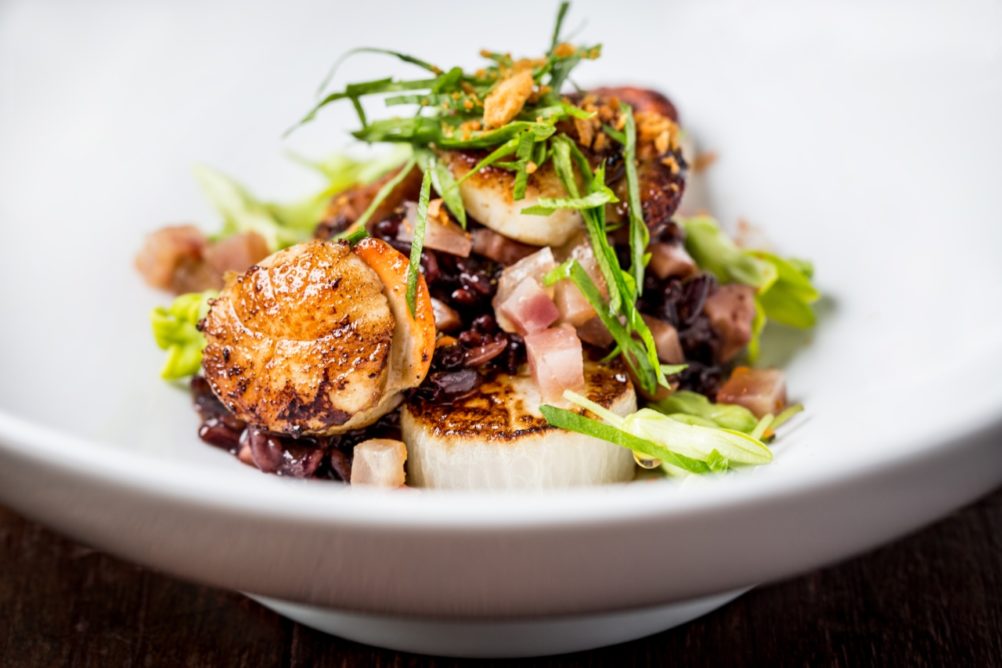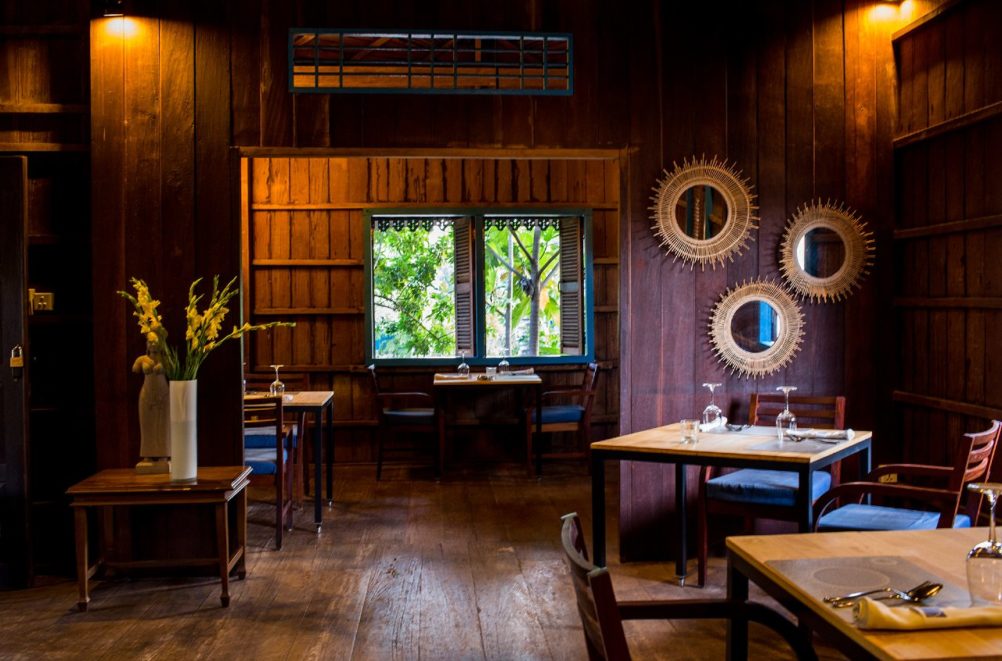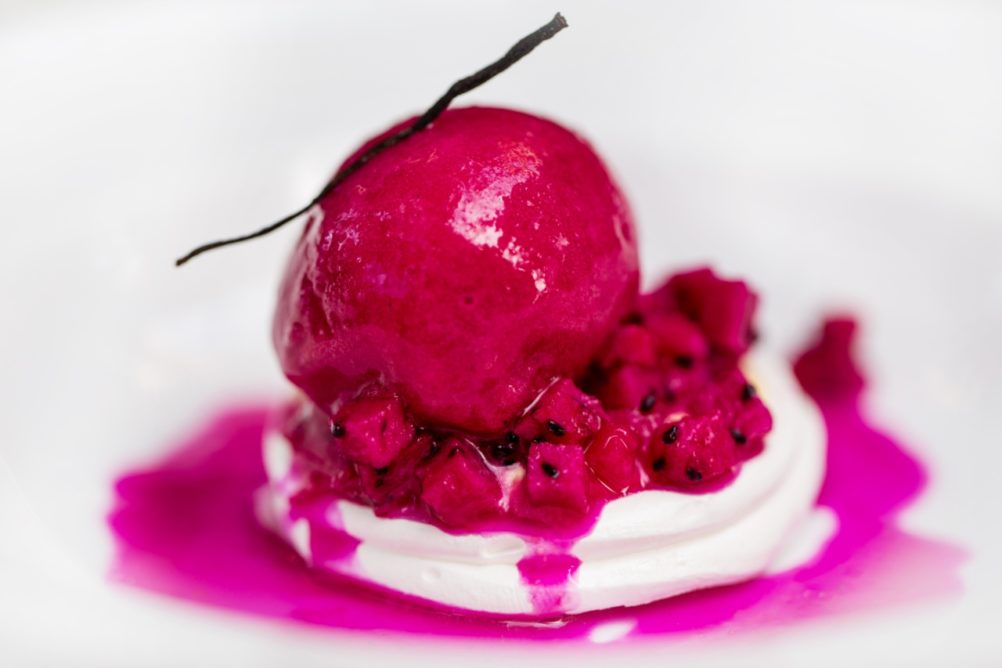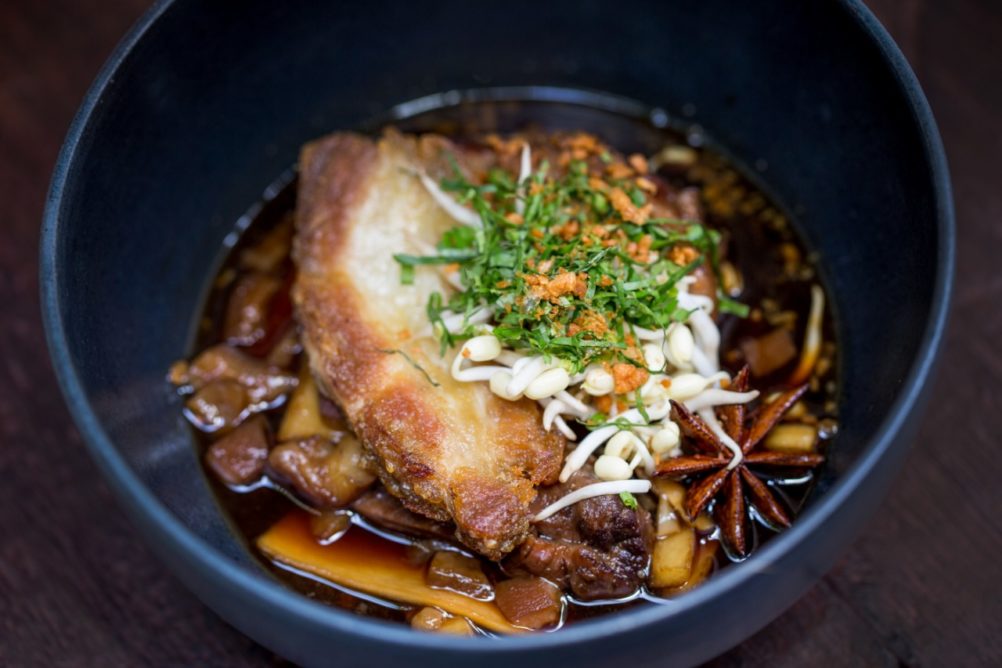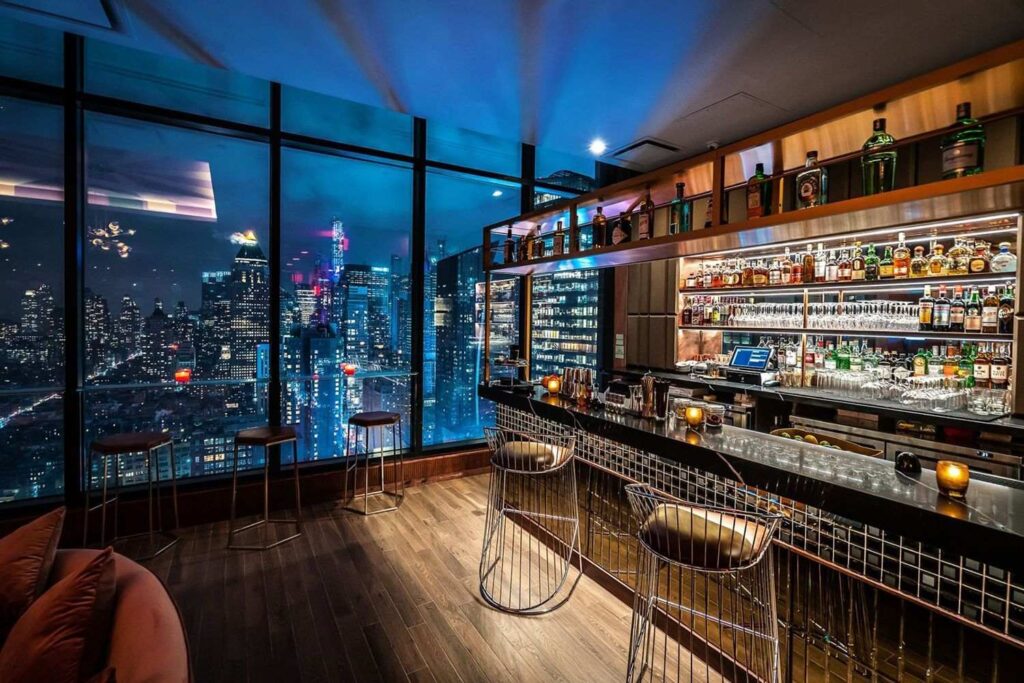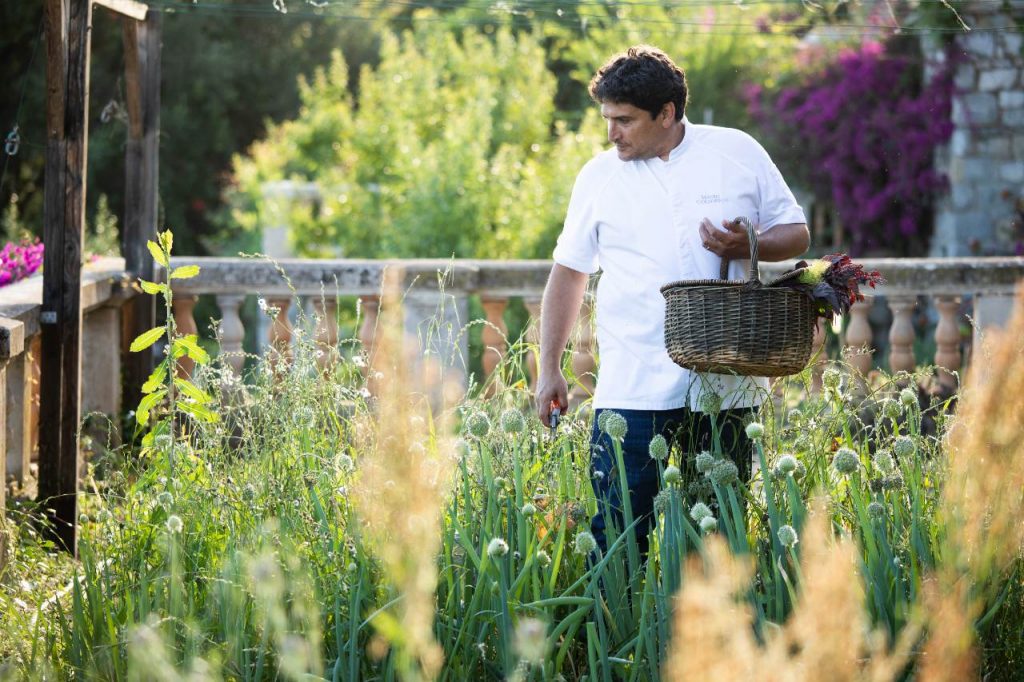The French chef reinventing Cambodian cuisine
Discover traditional ingredients and updated classic dishes at this Siem Reap restaurant.
Words by Ute Junker
Photos supplied
Originally published in Traveller
When he was growing up in France’s Loire Valley, Christmas dinners at Joannes Riviere’s place were a little unusual. The family’s yuletide feast featured not just traditional dishes such as oysters and foie gras but also larp, a minced meat dish from Cambodia, served with sticky rice on the side.
“It was our special occasion dish,” Riviere recalls. “We also had it for birthdays, and I remember my dad once cooking it for a wedding.”
Packed with flavours of fish sauce, lime juice and mint, larp became part of the family’s culinary repertoire thanks to Joannes’ uncle, who served as a pilot in Cambodia in the 1970s, where he was visited by various family members. It was not so surprising, then, that Joannes in his turn headed east to serve a stint as a volunteer cookery teacher at a hotel school in Siem Reap.
Less forseeable, however, was that Joannes would eventually become Cambodia’s most high-profile chef, acclaimed for his rediscovery of all-but-forgotten traditional ingredients.
“I was actually planning to head back to France,” remembers Riviere, who was then working as executive chef at one of Siem Reap’s most prestigious hotels. The turning point came, he reveals, after a conversation with David Thompson – the Australian chef known as a master of Thai cuisine – who ate at the hotel and admired Riviere’s use of lesser-known local ingredients. “We spoke about the importance of showing people what could be done with Cambodian produce, and he encouraged me to stay and open my own restaurant.”
That is exactly what Riviere did. His Cuisine Wat Damnak, which opened in 2011, has become Cambodia’s most acclaimed restaurant, twice earning a spot on the Asia’s 50 Best Restaurants list. Housed in a traditional wooden Cambodian building set well away from the Siem Reap tourist strip, the restaurant offers diners a five or six-course tasting menu, which changes every fortnight.
In addition to showcasing unusual ingredients, including the sour yellow bilimbi fruit and succulent loofah leaves – “I have a big network of people who grow things and bring them into me” – Riviere offers up new takes on Cambodian classics. For instance, he reimagines Cambodia’s traditional breakfast porridge as a black sticky rice porridge with crispy duck confit, served with glazed turnip, pickled cabbage and Siem Reap sausage.
Riviere says that many of his diners are surprised by the diversity of Cambodian cuisine, with its Khmer, Vietnamese, Chinese and French influences. “Take the frogs’ legs,” he says, referring to one of his standout dishes, boneless frogs legs served with homemade oyster sauce and lotus roots, stems and seeds. “Everybody assumes that I am drawing on my French background, but Cambodians have always eaten frogs.”
The truth of his observation is confirmed later that evening, when I’m chatting with one of the staff at my hotel. She makes a joke about the frogs croaking noisily in the background, and I confess that they are probably angry at me, as I just ate some of their family.
She sets me straight. “No, no, you didn’t eat any of these frogs. These ones are no good for eating – their skin is too tough.”
You might also like:
Back from the brink: the chefs championing biodiversity
